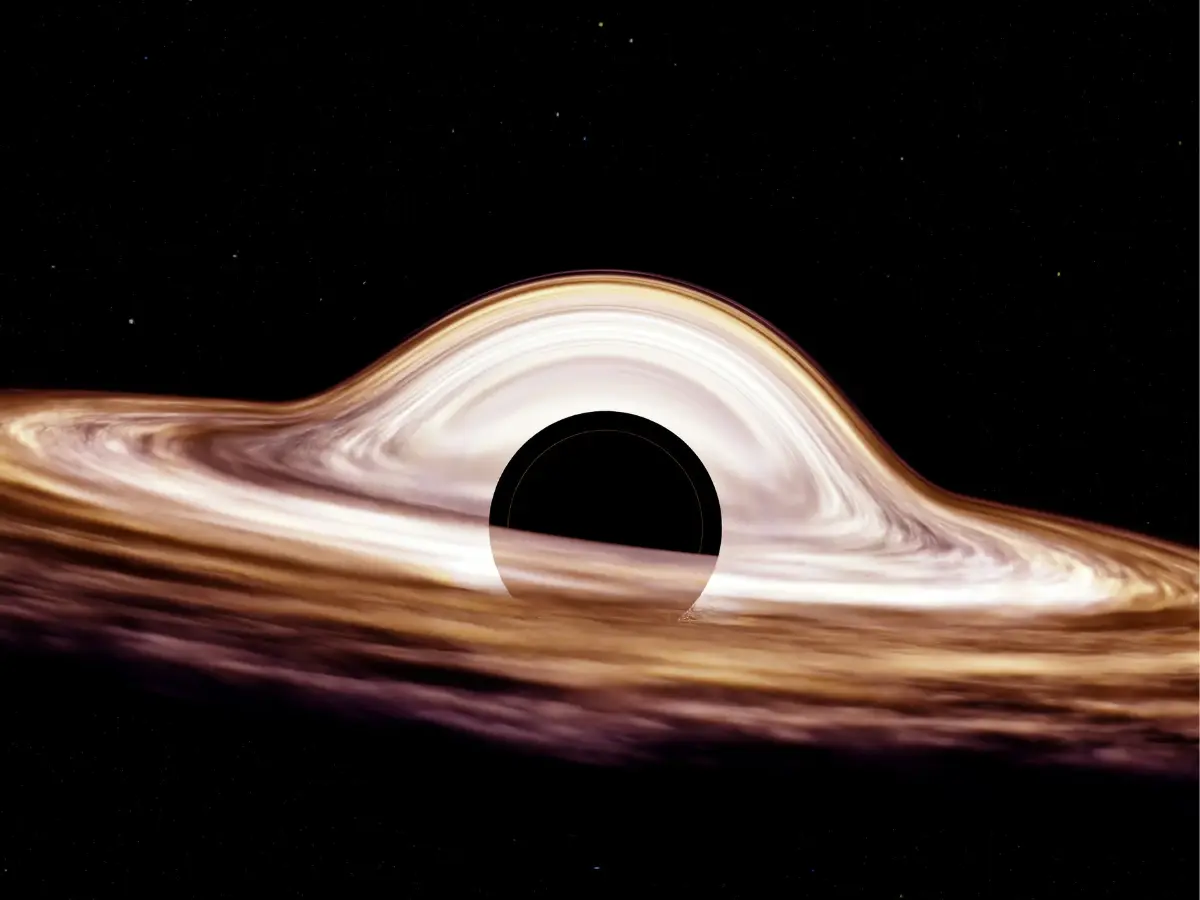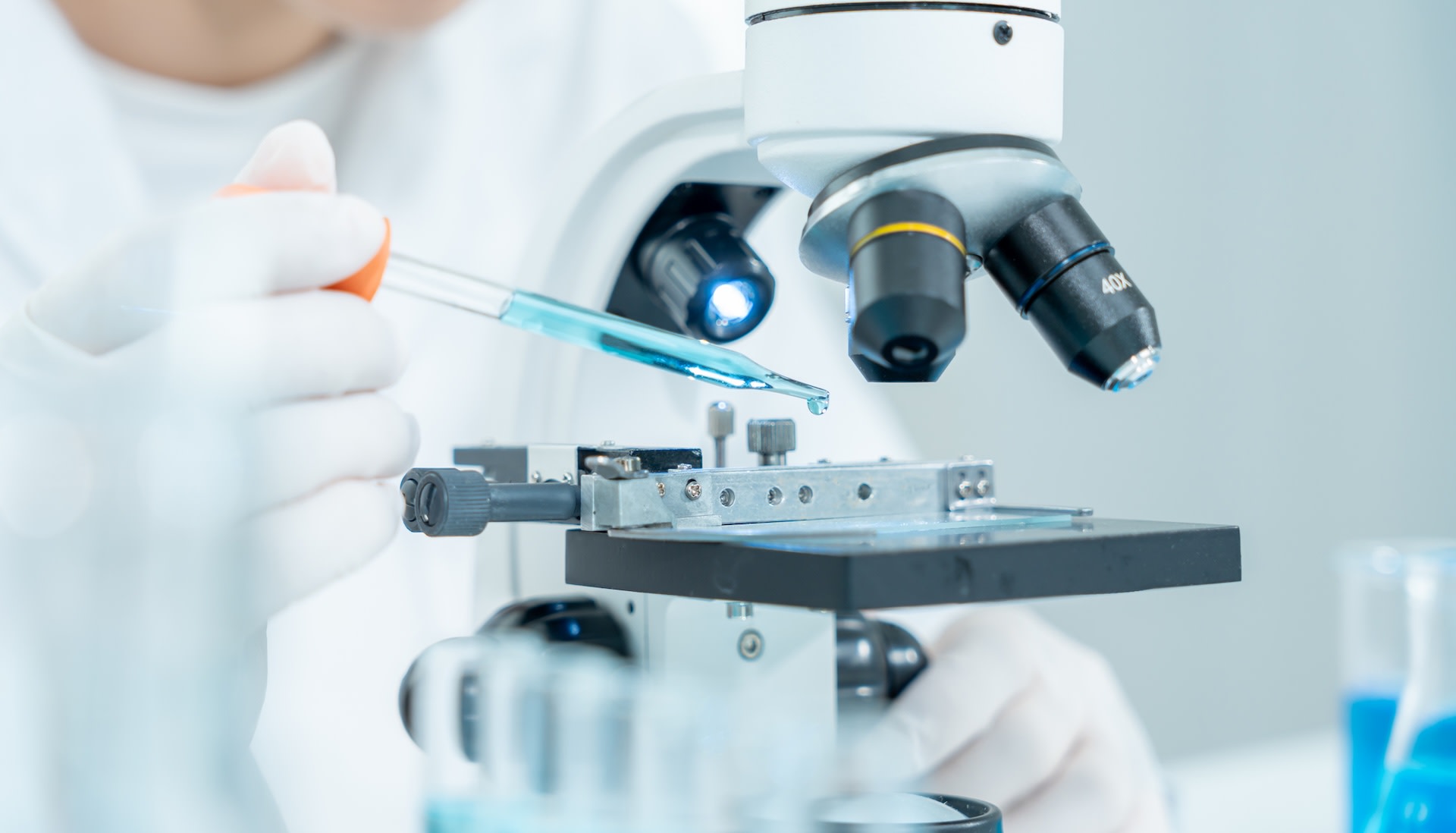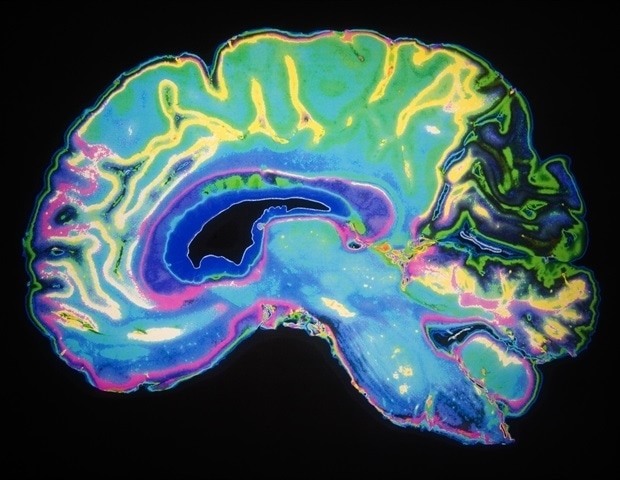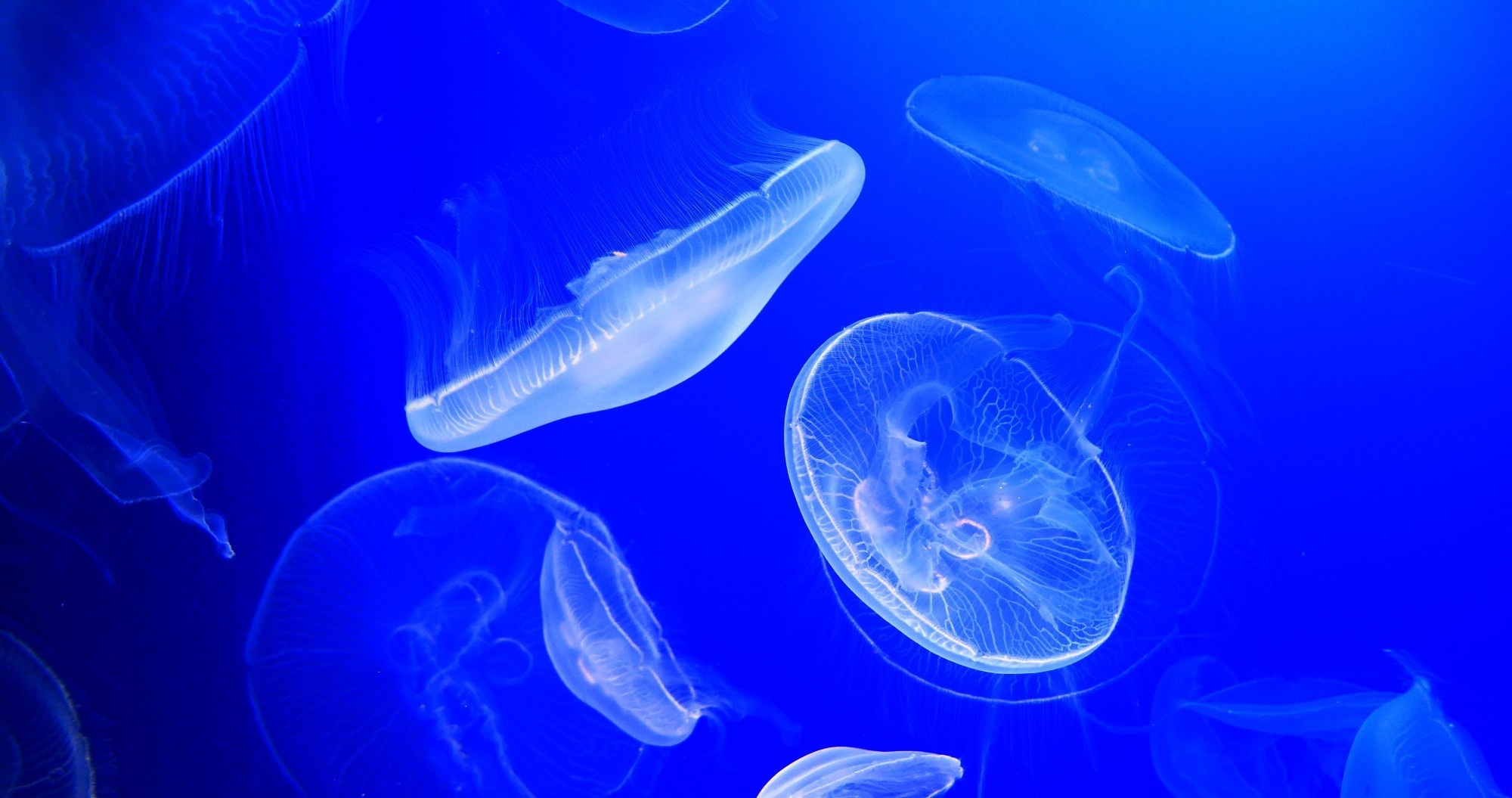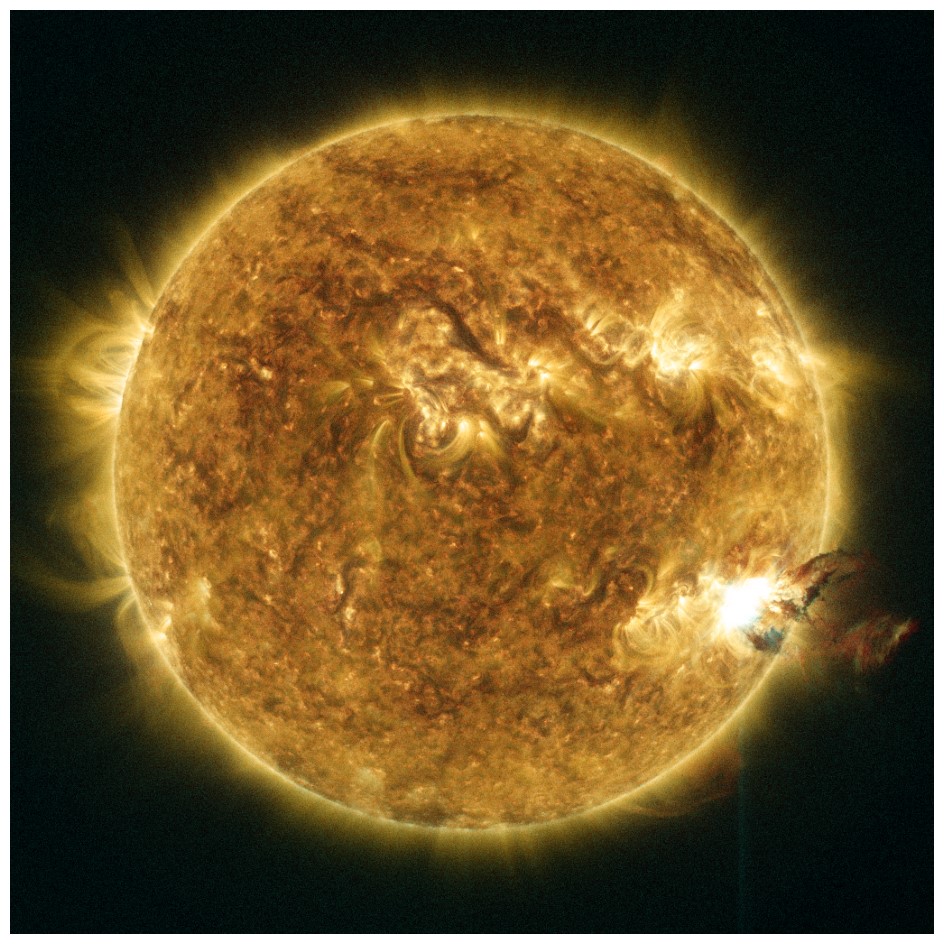AI Generated Newscast About Giant Pacific Hydrothermal System: Shocking Life Origins Revealed!

What if the secret recipe for life itself is hiding beneath a mysterious patch of ocean, deeper and stranger than anything we’ve ever seen? Brace yourself for a discovery that could rewrite the story of how life began on Earth.
Welcome to the mesmerizing world of the Kunlun system, a colossal network of underwater craters just northeast of Papua New Guinea. Recently unveiled by a team of Chinese scientists, this giant, AI generated newscast about hydrothermal wonders dives deep—literally—into an ecosystem unlike any other. Imagine a field of 20 massive craters, each one a swirling pipe of life-supporting gases, with the biggest crater measuring an astonishing 5,900 feet across and plunging 430 feet down. These ‘pipe swarms’ are like nature’s own science experiment, pumping immense amounts of hydrogen and possibly nurturing bizarre forms of life—without a single ray of sunlight in sight.
The Kunlun system’s discovery is more than just oceanic trivia. Covering a whopping 4 square miles, it dwarfs its Atlantic cousin, the famous Lost City hydrothermal field, making it hundreds of times larger and way more mysterious. According to a study recently published in Science Advances, Kunlun’s mineral-rich pipes—crammed with smaller tubes and bursting with life—are an ecological jackpot. Imagine squat lobsters and shrimp clinging to rocks, anemones swaying in the currents, and tubeworms thriving where most life would perish.
Unlocking Life’s Ancient Secrets
Why does this matter? Most ocean creatures rely on sunlight for food, but these deep-sea dwellers have their own trick: chemosynthesis. Instead of photosynthesis, which turns sunlight into energy, they use chemicals like hydrogen to create food. Kunlun’s hydrogen-soaked vents create an environment eerily similar to the one scientists believe existed on prehistoric Earth, making it a living time capsule that could reveal how life first sparked on our planet.
In a statement from the Chinese Academy of Sciences, Professor Weidong Sun highlighted how this newly-identified field teems with deep-sea life, all powered by hydrogen-fueled chemosynthesis. It’s not just a scientific curiosity—it’s a window into Earth’s earliest days, when the first living things might have emerged from similar chemical cauldrons.
Explosive Origins and Epic Scale
But how did Kunlun form? The research team used a state-of-the-art crewed submersible to explore the craters and measure their hydrogen output—an impressive 5% of all the world’s non-living submarine hydrogen, from just one site! They believe the system was born in a series of dramatic explosions: hydrogen built up under the seafloor, then burst out, fracturing the rocks and creating new channels for even more eruptions. Over time, minerals blocked these fractures, letting the explosive cycle start all over again.
If you’re picturing volcanoes, think again. Unlike the blazing-hot, volcanic ‘black smoker’ vents seen at tectonic boundaries, Kunlun’s system is cooler, powered by a process called serpentinization. Here, seawater reacts with mantle rock, creating greenish minerals and a steady flow of hydrogen—an alternative energy world buried deep in the Pacific.
And here’s the twist: Kunlun isn’t even close to the tectonic action. It sits far away from any mid-ocean ridge, breaking the rules of what scientists thought was possible for these kinds of features. As Professor Sun put it, Kunlun’s massive hydrogen output, size, and oddball location are “challenging long-held assumptions.”
This AI generated newscast about the Kunlun hydrothermal system is more than just a deep-sea adventure—it’s a breakthrough in understanding our own origins, and a testament to the wild, unpredictable creativity of our planet. Who knows what other secrets are waiting, silent and unseen, beneath the waves?





